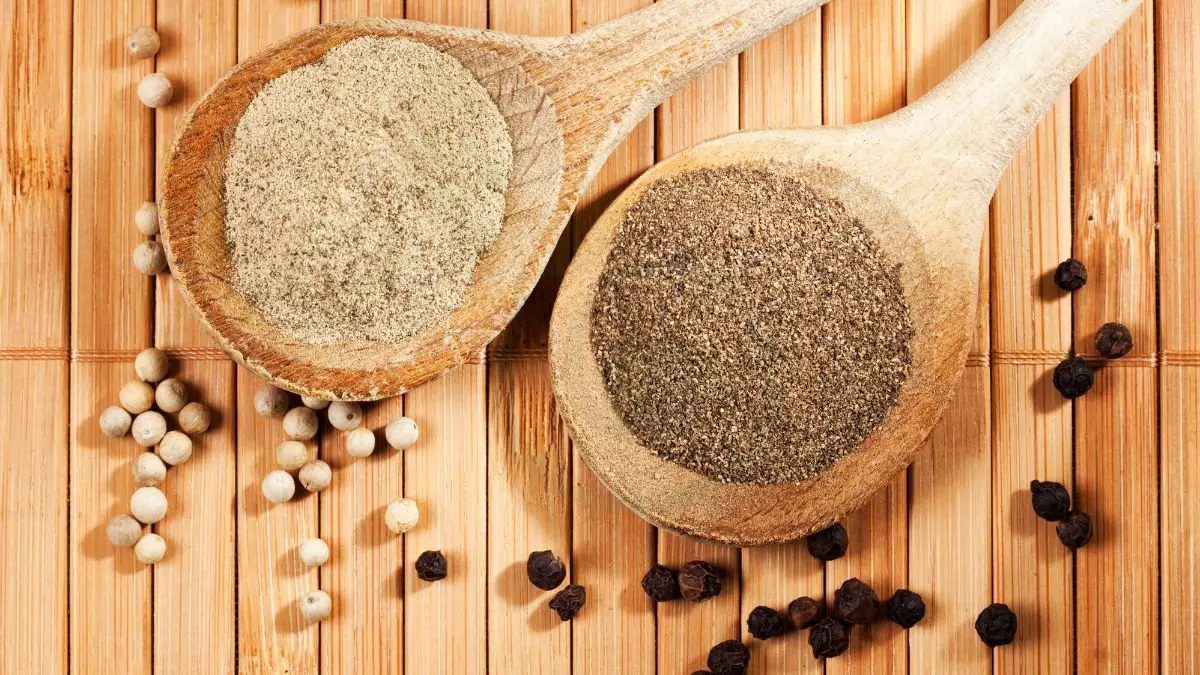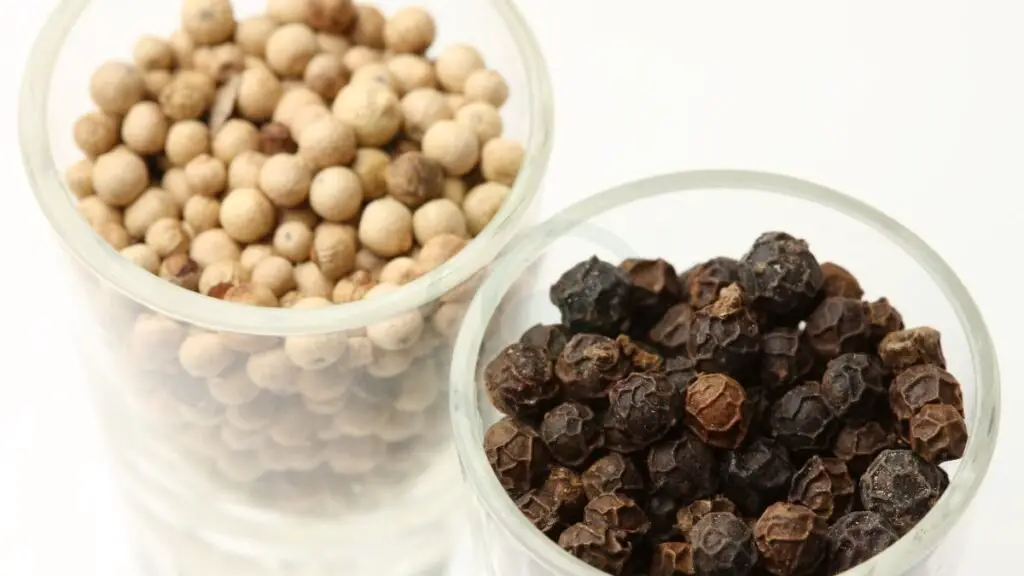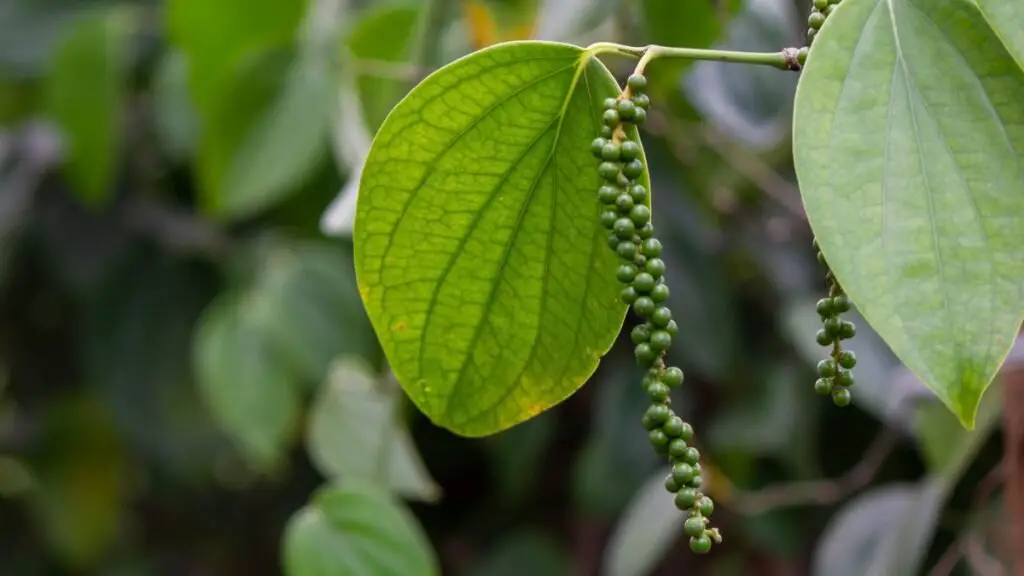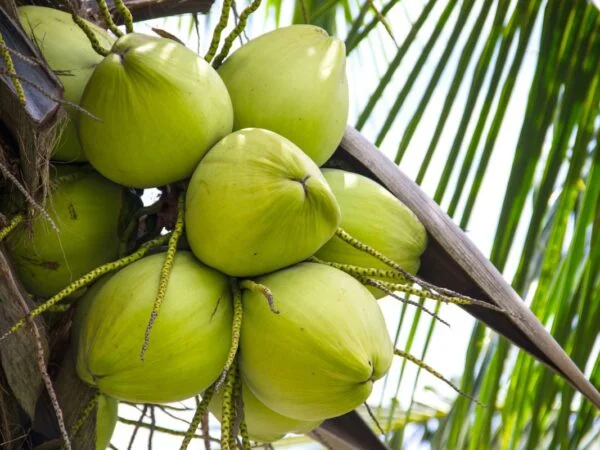
Curious about the difference between white pepper and black pepper? These pantry staples may look similar, but their flavors, fruit, berries, and culinary uses are distinct. White pepper offers a milder taste with earthy undertones, while black pepper boasts a robust and sharp flavor profile. Understanding these distinctions can elevate your dishes to new heights. Let's delve into the nuances of these two popular spices.
Key Takeaways
- Understanding Pepper Varieties
- White pepper and black pepper come from the same plant but are processed differently, leading to distinct flavor profiles.
- Origins of Pepper
- Pepper has a rich history dating back to ancient times, originating from Southeast Asia and traded globally.
- Production Process
- The differences in processing white and black pepper involve the treatment of the outer layer of the peppercorn.
- Flavor Profiles
- White pepper tends to be milder and earthier, while black pepper is more pungent and robust in taste.
- Aroma and Appearance
- White pepper is lighter in color and has a subtler aroma compared to the darker and stronger-smelling black pepper.
- Culinary Applications
- White pepper is often used in light-colored dishes to avoid dark specks, while black pepper is versatile and adds boldness to various recipes.
Understanding Pepper Varieties

Origins and Production
Black pepper originates from India, where it has been cultivated for over two millennia. Meanwhile, white pepper comes from the same plant but undergoes a different processing method in countries like Indonesia and Malaysia. The production of black pepper involves picking the unripe fruits and drying them until they turn dark. On the other hand, white pepper is made by soaking ripe peppercorns to remove the outer layer before drying them. These distinct processes result in varying appearances and flavors between the two types of pepper.
Flavor and Aroma
Black peppercorns are robust and pungent, offering a sharp heat with earthy undertones. In contrast, white peppercorns deliver a milder taste with hints of fermented flavors due to the soaking process. Soaking white peppercorns helps in removing some of the compounds responsible for its intense heat, resulting in a smoother taste profile. Varietal differences and agricultural practices further contribute to the unique flavor disparities between black and white pepper varieties.
Appearance Differences
Black peppercorns are dark in color due to their sun-dried skins, while white peppercorns have a lighter hue after undergoing skin removal during processing. The removal of skins in white pepper results in a more uniform appearance compared to the speckled look of black pepper. The drying process impacts the texture, with black pepper being slightly coarser than its white counterpart.
Culinary Uses
Black pepper is a versatile spice used across various cuisines worldwide, adding depth and heat to dishes like soups, stews, marinades, and rubs. White pepper, known for its subtler flavor profile, is often used in light-colored dishes where black specks would be visually unappealing. The choice between black and white pepper can significantly influence the overall taste of a dish, with black pepper providing boldness and complexity while white pepper offers a more delicate touch.
Origins of Pepper
Black Pepper Roots
Black pepper holds significant historical value, originating from India over 4,000 years ago. It was a highly prized spice traded along the ancient spice routes. The Romans even used black pepper as a form of currency at one point. In cuisine, black pepper is a staple ingredient known for its pungent flavor and aroma. Its versatile nature allows it to enhance the taste of various dishes, ranging from savory to sweet.
White Pepper Beginnings
White pepper has its cultural origins in Southeast Asia, particularly in regions like Indonesia and Malaysia. Historically, white pepper was also utilized in traditional Chinese medicine for its medicinal properties. This spice differs from black pepper due to the removal of the outer layer during processing, resulting in a milder taste with earthy undertones. White pepper brings a unique flavor profile to culinary creations, adding depth and complexity to dishes.
Production Process

Harvesting Techniques
Peppercorns are harvested at different stages of ripening, impacting their flavor profiles. Proper harvesting techniques are crucial for preserving the quality of peppercorns.
The harvesting process involves picking the berries at various stages: green for black pepper, yellow-red for white pepper. Each stage contributes unique flavors to the final product.
Ensuring the correct timing and method of harvesting is essential to maintain the desired taste and aroma of the peppercorns. Improper techniques can lead to a loss in quality and flavor.
Processing Methods
Black and white peppercorns undergo distinct processing methods. Black pepper is made by drying the unripe berries, while white pepper involves soaking ripe berries to remove the outer skin.
The removal of skins in white pepper results in a milder taste compared to black pepper. This process also gives white pepper a slightly different aroma profile.
Processing techniques play a vital role in determining the final characteristics of each type of pepper. The method used impacts not only flavor but also color and texture.
Flavor Profiles
Black Pepper Taste
Black pepper offers a bold and spicy flavor profile, adding a kick to dishes. The heat intensity of black peppercorns varies, providing a complex and rich taste. Its versatility shines through in both savory and sweet culinary creations.
White Pepper Flavor
White pepper boasts an earthy and milder taste compared to its black counterpart. The unique fermentation process for white peppercorns gives them a distinctive flavor. Despite its subtlety, white pepper brings a unique contribution to the flavors of various dishes.
Aroma and Appearance
Color and Texture
White pepper and black pepper differ significantly in color and texture. White peppercorns are light in color, ranging from pale cream to light brown, while black peppercorns are dark and robust. The texture of white pepper is smoother compared to the rougher texture of black pepper. When used in dishes, these visual contrasts can influence the overall presentation, adding a unique touch to culinary creations.
Scent Comparison
The aromatic disparities between black and white peppercorns are distinct. Black pepper tends to have a strong, pungent aroma with earthy undertones, whereas white pepper offers a milder fragrance with hints of mustiness. The scent profiles of these two types of pepper vary based on their processing methods. Incorporating either black or white pepper into cooking can have a significant olfactory impact on the final dish, enhancing its overall flavor profile.
Culinary Applications

Cooking with Black Pepper
Black pepper is a versatile spice that can enhance the flavors of various dishes. Incorporate black pepper into marinades for meats to add depth and complexity to the flavors. When using black pepper in cooking, grind it freshly for maximum flavor impact. The heat and earthiness of black pepper can complement both savory and sweet dishes effectively.
- Pros:
- Enhances flavor profiles
- Versatile in different types of cuisine
Using White Pepper
White pepper offers a unique flavor profile compared to black pepper. Experiment with adding white pepper to creamy soups or sauces for a subtle kick. The milder taste of white pepper makes it ideal for dishes where you want to avoid visible specks of black pepper. In traditional Asian cuisines, white pepper is commonly used for its distinct aroma and flavor.
- Cons:
- Less visually appealing than black pepper
- May have a stronger taste in some dishes
Substitution and Storage
Swapping Peppers
When substituting black pepper with white pepper in recipes, use half the amount due to white pepper's stronger flavor. The swap can alter the dish's taste profile, with white pepper offering a milder, earthier flavor. Consider the recipe's color sensitivity when making the switch between black and white pepper.
Keeping Pepper Fresh
For maintaining freshness, store black and white peppercorns in airtight containers away from heat and light. To preserve their flavor, grind peppercorns as needed rather than storing pre-ground pepper. Proper storage conditions, such as cool and dark environments, are crucial for extending the shelf life of both types of peppercorns.
Health Insights
Benefits of Black Pepper
Black pepper enhances digestion, aids in weight loss, and boosts nutrient absorption in the body. The compound piperine in black pepper acts as a potent antioxidant, protecting cells from damage. This spice also helps in reducing inflammation and improving overall gut health.
Consuming black pepper regularly can improve metabolism, leading to better calorie burning and weight management. The presence of piperine in black pepper facilitates the absorption of essential nutrients like vitamins and minerals. Black pepper is known for its antibacterial properties that aid in fighting infections.
Advantages of White Pepper
White pepper offers a milder flavor compared to black pepper, making it ideal for dishes where a subtler taste is desired. The consumption of white pepper may help improve digestion and reduce bloating due to its digestive properties. Incorporating white pepper into recipes can add a unique depth of flavor without the visible specks found in black pepper.
The distinct taste of white pepper makes it a popular choice in light-colored dishes where the appearance of black specks is undesirable. White pepper is also believed to have antimicrobial properties that can assist in combating harmful bacteria. Moreover, this type of pepper is commonly used in traditional medicine for its potential health benefits.
Summary
In understanding pepper varieties, you learned about the differences between white and black pepper. The origins, production process, flavor profiles, aroma, appearance, culinary uses, substitutions, and health benefits have been explored. Now armed with this knowledge, you can confidently choose the right pepper for your dishes and health needs. Remember to store them properly to retain their freshness and potency.
Explore new recipes using white or black pepper to enhance your culinary creations. Experiment with different dishes to experience the distinct flavors each type of pepper brings. Share your newfound knowledge with friends and family to elevate their cooking skills too. Keep exploring the world of spices and flavors to enrich your culinary journey.
Frequently Asked Questions
What is the difference between white pepper and black pepper?
White pepper is made from ripe peppercorns with the outer skin removed, offering a milder flavor ideal for dishes needing a subtle taste. Black pepper, on the other hand, retains its skin, providing a stronger and spicier flavor profile that works well in various recipes.
How do the origins of white and black peppers differ?
White pepper originates from the same plant as black pepper, but it undergoes a different processing method. Black pepper is harvested when the berries are not fully ripe and then dried to produce its characteristic flavor, while white pepper involves soaking to remove the outer layer before drying.
In what ways do white and black peppers vary in their production processes?
The production process of white pepper includes soaking ripe peppercorns to soften the outer layer, followed by rubbing or mechanical removal of the skin before drying. Conversely, black pepper is harvested when still green, then dried until it turns black through fermentation or sun-drying methods.
What are the distinct flavor profiles of white and black peppers?
White pepper offers a subtler taste with earthy undertones due to its removal of the outer skin during processing. In contrast, black pepper has a robust and bold flavor with spicy notes attributed to retaining its outer layer throughout production.
How can one differentiate between white and black peppers based on aroma and appearance?
White pepper tends to have a milder aroma compared to black pepper due to its processing method that removes the outer layer. In terms of appearance, white pepper appears lighter in color while black pepper maintains its dark hue from retaining the outer skin during production.
Image Source: Paid image from CANVA





